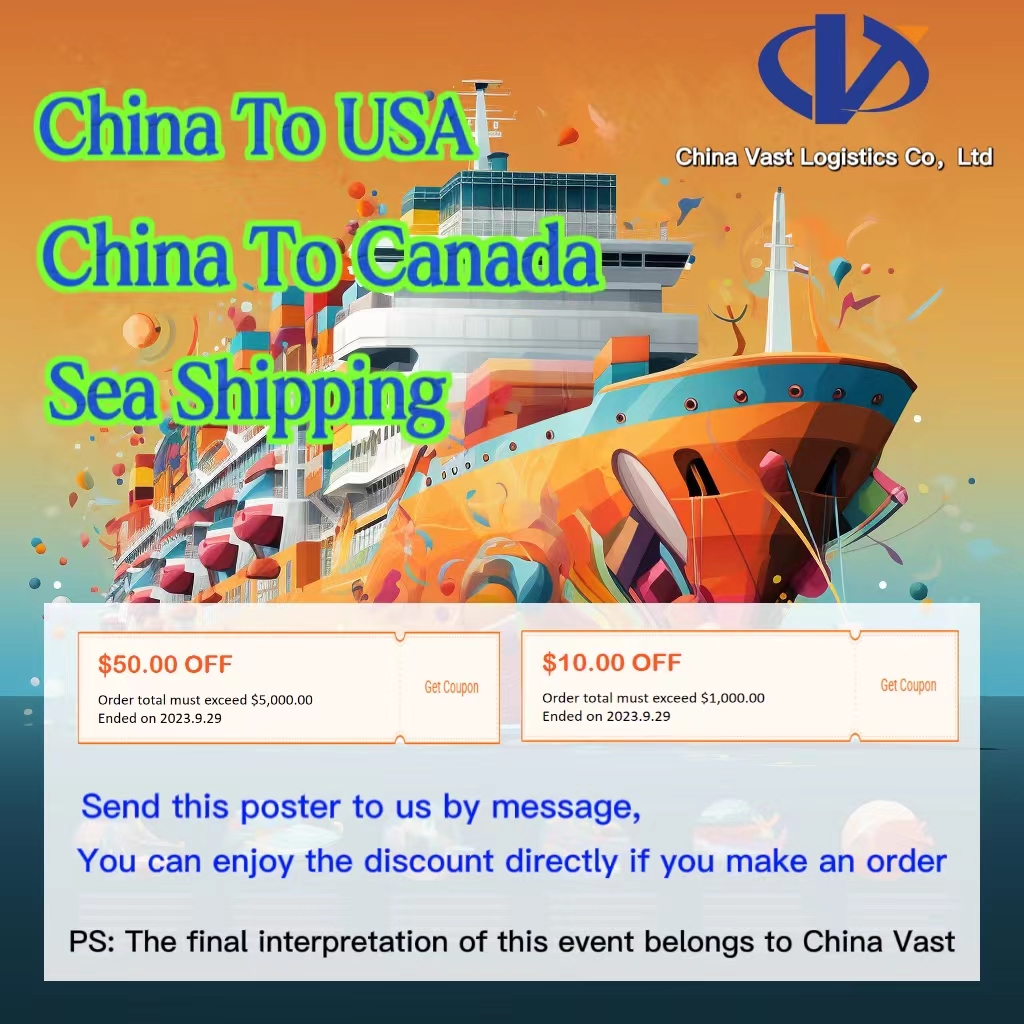Classification by Cargo Type
-
Dry Container (DRY CONTAINER): The most common container, primarily used for transporting general cargo that doesn’t require temperature regulation.
-
Bulk Container (BULK CONTAINER): Used for loading powder, granular goods, and various bulk commodities.
-
Liquid Cargo Container: Specifically designed for transporting liquid goods.
-
Refrigerated Container (REEFER CONTAINER): Equipped with refrigeration units and low thermal conductivity materials on the interior walls, designed for transporting frozen, insulated, or perishable goods.
-
Car Carrier Container: A special container designed for transporting automobiles, which can also be loaded with two layers of cars.
-
Livestock Container (PEN CONTAINER): Designed for transporting live animals, equipped with ventilation systems and facilities for feeding and waste removal.
-
Hide Container: Designed for transporting raw hides and other goods with leakage properties, featuring a double-layered floor to store any leaking liquids.
Classification by Material
Containers are classified based on the materials used for their main components (side walls, end walls, roof, etc.). These include:
-
Steel Containers: Made from steel, offering high strength, solid structure, high weldability, water tightness, and low cost. However, they are heavy and prone to corrosion.
-
Aluminum Alloy Containers: Made from aluminum, these are lightweight, corrosion-resistant, aesthetically pleasing, elastic, easy to process, and cost-effective in terms of maintenance and repair. However, they are more expensive and have poor welding performance.
-
Fiberglass Containers: Made from fiberglass, these containers have high strength, rigidity, large internal volume, heat insulation, corrosion resistance, and chemical resistance. However, they are heavy, prone to aging, and have reduced strength at bolt points.
-
Wooden Containers and Stainless Steel Containers are also available, though less common.
Classification by Structure
Containers can be divided into three types based on structure:
-
Fixed Container: Includes sealed containers, open-top containers, and flat-rack containers.
-
Foldable Container: The main components (side walls, end walls, and roof) can be easily folded or disassembled and reassembled when needed.
-
Shell Container: Constructed from a single steel body, lightweight and resistant to permanent deformation under torque.
Classification by Total Weight
There are containers with various weight capacities, such as 30-ton, 20-ton, 10-ton, 5-ton, and 2.5-ton containers.
Classification by Size
The common dry containers used internationally include:
-
20-foot container: 20 feet × 8 feet × 8 feet 6 inches.
-
40-foot container: 40 feet × 8 feet × 8 feet 6 inches.
-
40-foot high-cube container: 40 feet × 8 feet × 9 feet 6 inches.
Classification by Purpose
-
Reefer Container (REEFER CONTAINER): Used for transporting temperature-sensitive goods.
-
Dress Hanger Container (DRESS HANGER CONTAINER): Designed for hanging garments.
-
Open-Top Container (OPEN TOP CONTAINER): Used for heavy cargo, such as glass panels, steel products, and machinery, and can be loaded or unloaded using a crane from the top.
-
Flat-Rack Container (FLAT RACK CONTAINER): Made of a metal frame with a bottom, suitable for oversized or overweight cargo.
-
Tank Container (TANK CONTAINER): Used for transporting liquid cargo, featuring a tank body and frame.
-
Platform Container (PLATFORM CONTAINER): Used for oversized cargo, with a heavy-duty base that can carry multiple platforms for large cargo.
-
Ventilated Container (VENTILATED CONTAINER): Used for goods that require airflow during transport.
-
Insulated Container (INSULATED CONTAINER): Used for goods that need temperature control.
Classification by Transport Method
Containers are also classified by transport method:
-
Intermodal Container: Designed for use in multiple transport modes (sea, rail, and road).
-
Sea Freight Container: Used for maritime shipping.
-
Rail Freight Container: Designed for use on trains.
-
Air Freight Container: Used for air cargo transportation.

